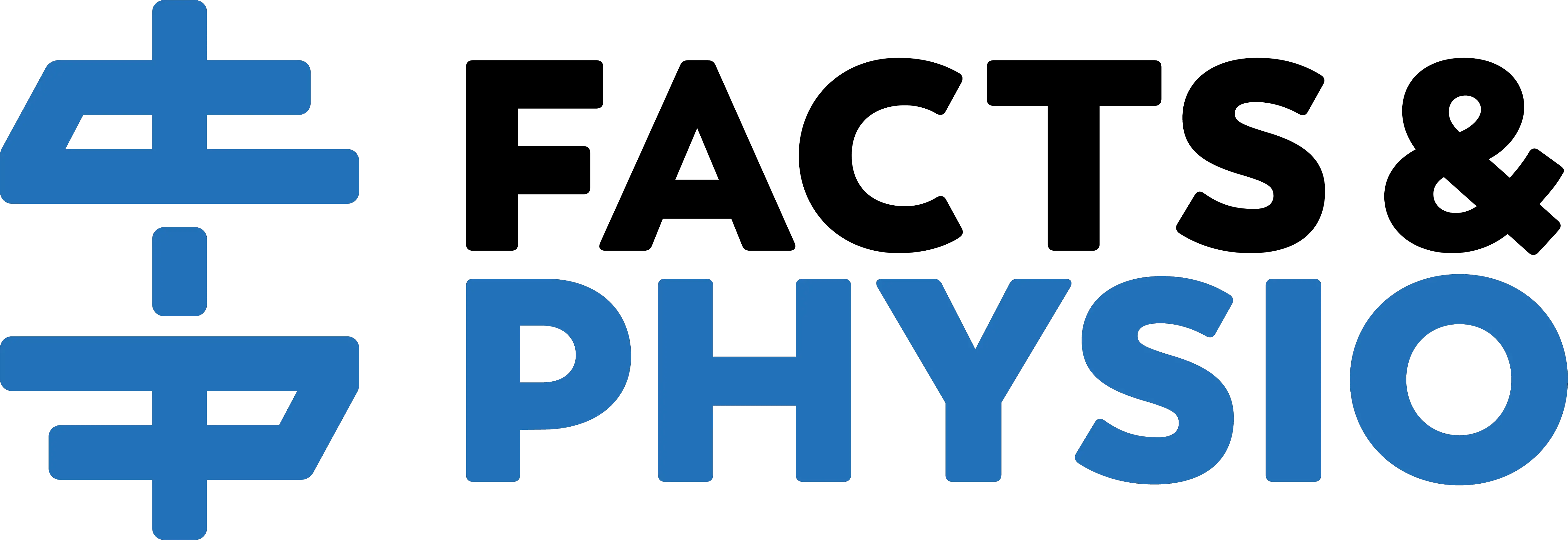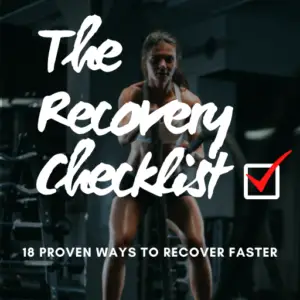Muscle soreness relief keeps you in the gym, on the bike, or on the run. Managing muscle soreness is crucial for pushing through the severe return-to-exercise soreness after a long layoff.
How Soreness Starts
Maybe this scenario feels familiar:
You’ve had enough. It’s go time. A new week, new month, or new year. Time to crush your exercise routine. Motivation is at an all-time high. You’re ready to pack on the muscle and torch those pesky pounds.
So you smash a hard workout session. (Perhaps you went too hard?) Maybe it’s heavy squats, wind sprints or a long run.
As a reward for your effort, your legs ache with every move. You can’t climb the stairs without intense leg discomfort. And the muscle soreness sticks around for at least a week. Until next leg day.
Even advanced muscle soreness relief strategies are no match for your symptoms – more on those later.
Does getting healthy have to be this painful?
Let’s explore the science of soreness and how to find muscle soreness relief so you aren’t always achy after exercise.
Soreness Science
Delayed-onset muscle soreness (DOMS) is normal post-exercise soreness that peaks 24 to 72 hours after a hard workout.
DOMS is caused by high intensity exercise – especially unfamiliar movements or eccentric exercise.
Eccentric exercise is the muscle lengthening phase of a movement – like squatting down with weight on your back, or lowering the weight after a biceps curl.
Several factors contribute to DOMS, including microscopic muscle tears, connective tissue damage and inflammatory chemicals.

Contrary to popular belief, lactic acid is not a factor in muscle soreness because it’s flushed out of the muscle during exercise.
Is Muscle Soreness a Good Thing?
For many exercise enthusiasts, sore muscles are a badge of honor, incontrovertible proof of a successful workout.
Others think soreness is a prerequisite for muscle growth.
Here’s the thing: Soreness doesn’t indicate effective training.
DOMS and muscle mass gains are not closely correlated (Schoenfield 2012).
Mild to moderate muscle soreness is normal after a hard workout. On the other hand, crippling muscle soreness probably indicates you did too much.
Repeated Bout Effect
The first session back to training creates extra soreness. Subsequent sessions won’t cause so much soreness.
The repeated bout effect is a scientific principle that says the first bout of exercise produces the most soreness. Subsequent “repeated bouts” of the same workout creates less and less soreness as the body adapts to the exercise.
In summary, soreness plummets once you’re exercising consistently.
Muscle Soreness Relief 101
Here are 5 tips for muscle soreness relief so you can get up from the couch after leg day:
1. Prevent Soreness
Use the repeated bout effect to your benefit. Start slow and incrementally add weight, time or intensity to your workout. The easiest muscle soreness relief strategy is avoiding it altogether.
2. Move
Light movement flushes inflammatory chemicals (bradykinin, cytokines, substance P) out of your muscles, alleviating soreness. Take a walk, ride the stationary bike or go for a light swim.

3. Compress
Wearing compressive garments after exercise reduces muscle soreness from lifting weights (Kim 2017).
4. Foam Roll
Grab a sturdy foam roll to use after exercise for reduced DOMS and improved recovery. Post-exercise foam rolling also boosts physical performance in subsequent training sessions (Pearcey 2015).
Just avoid foam rolling your IT band because it’s unstretchable and excruciating to foam roll.
5. Use Percussion Therapy
Massage guns affect muscle physiology like foam rolling and massage.

Read up on the science behind my clients’ favorite physical therapy treatment:
Do Massage Guns Even Work? (The Science of Percussion Therapy)
Does Ice Reduce Muscle Soreness?
Yes, but it’s complicated.
Ice baths and ice packs relieve muscle pain and soreness. But here’s the downside: ice delays recovery and reduces muscular adaptations by limiting the body’s normal inflammation process.
Your best bet is to use ice sparingly for muscle soreness relief.
Learn more about ice in this article: Heat or Ice?
For more science-backed health tips, join the free Facts & Physio Newsletter. Plus, get The Recovery Checklist when you sign up.

